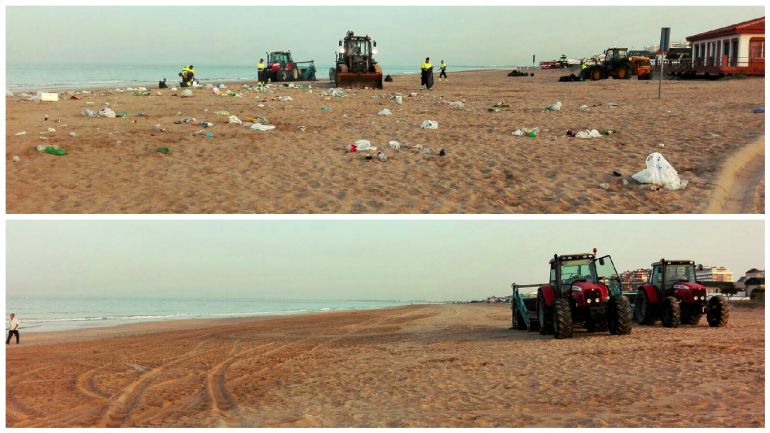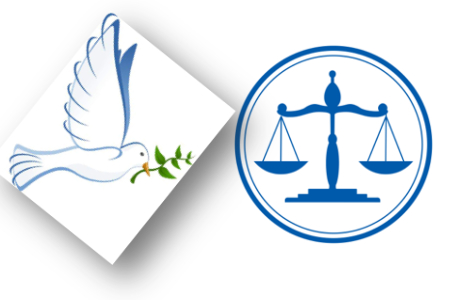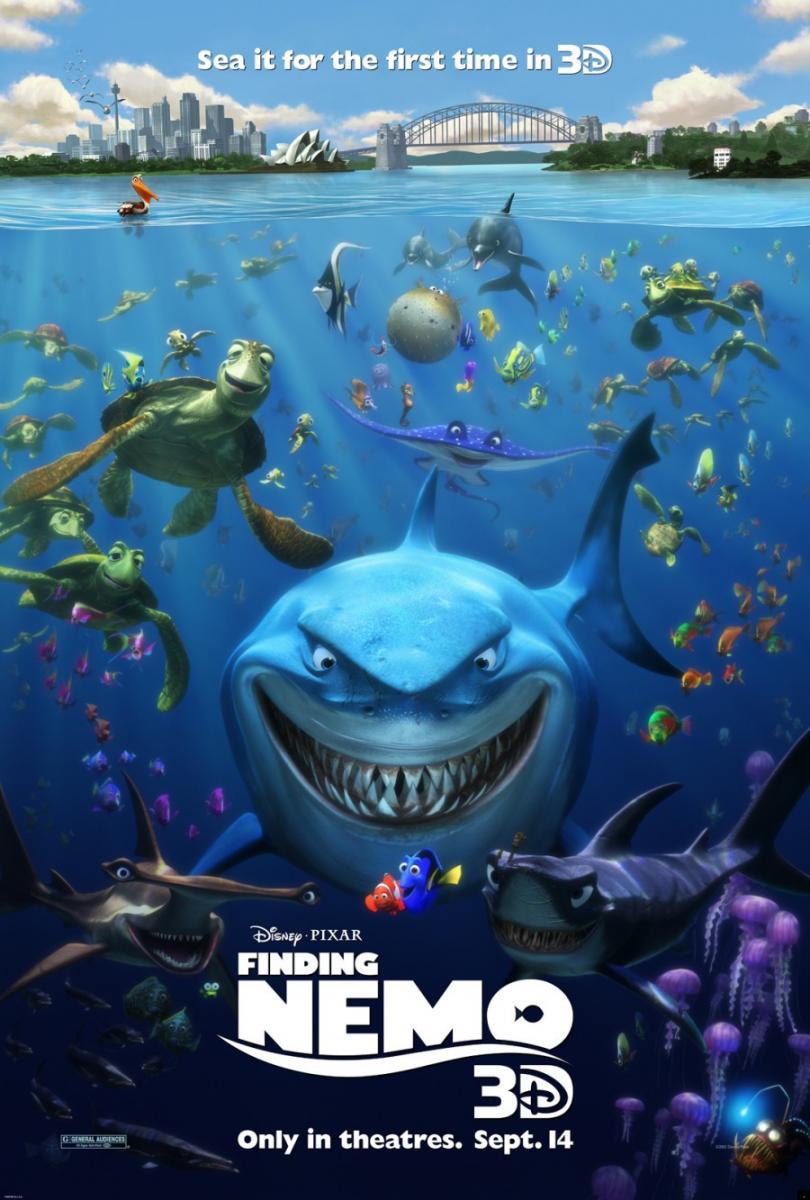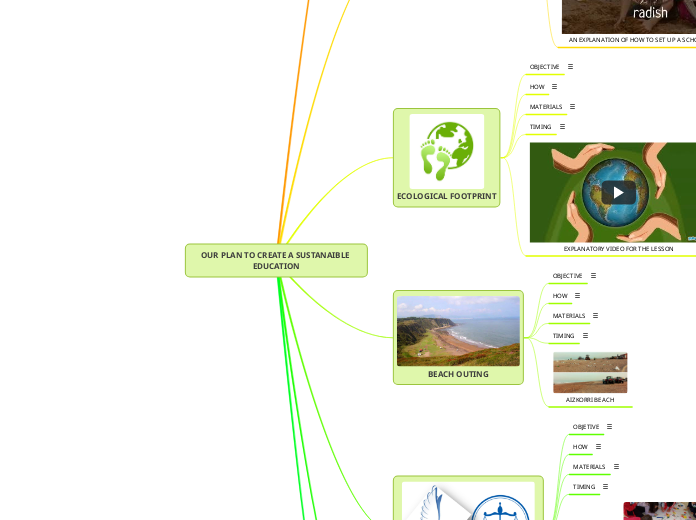OUR PLAN TO CREATE A SUSTANAIBLE EDUCATION
KNOWING THE SUSTAINABLE DEVELOPMENT GOALS
OBJECTIVE
The basis for making a change starts with a minimum of knowledge, so I think it is appropriate to do an activity in which the children know what we are talking about.
HOW
This is how the activity will be introduced:Explain that countries have come together to set global goals to make the world a fairer and better place in the future, a place where everyone can be happy. To make these goals happen, we all have to help with our ideas and our gestures.See the video explanation.Let's think about what problems the world has and how we can solve them with a problem-fixing machine!Development of the activity:Divide the class into groups of 4-5 children.Hand out a photocopy of the Sustainable Development Goals.Explain what each goal means.Brainstorm a list of problems facing the world. They can be big, global problems or small, everyday problems (problems that they have at home, that they hear about from older people or that they have read about in the newspapers). We will compile all the ideas in a suitable application.Divide the material into groups.Tell them to choose a problem and write it in big letters on the cardboard.Each group will have to draw a machine to solve this problem. They can illustrate the machine with pieces of newspaper, photographs, etc.Make an exhibition of all the posters and display them on the walls of the classroom.
MATERIALS
In order to do this activity we need:CardboardPhotocopiesColoured crayonsInternetVideolink video → https://www.youtube.com/watch?v=ZZzBbO6Y0uc&t=2s
TIMING
2-3 hours
WHAT ARE THE OBJECTIVES OF SUSTAINABLE EDUCATION?
THE AIM OF THIS OBJECTIVES

SCHOOL GARDEN
OBJECTIVE
The main objective of the school garden is to ensure that students acquire a better relationship with the environment around us and that they acquire techniques to care for and protect the environment. Thanks to this activity, the emotional development of the pupils will be stimulated and in this way respect for nature will be fostered by creating a close bond with it. Moreover, they become responsible for the garden in an independent and autonomous way due to the fact that it is an almost daily routine.
HOW
We need the teacher to act as the guide of this learning process and the students to be the main axis of this procedure acting as the main guide.The most important thing is that students acquire autonomy and feel confident to investigate and act in the process in which the teacher will accompany them.
MATERIALS
To carry out a school garden we need:A plot of land or containers in which to plantInstructions on what to plant depending on the time of year.Tools for sowing and harvesting (shovels, scissors, gloves, etc.).Seeds of fruit, vegetables and greens.Fertiliser
TIMING
Students will go down in groups of 5 people, 3 days a week, one hour each day during the school year.
AN EXPLANATION OF HOW TO SET UP A SCHOOL GARDEN

ECOLOGICAL FOOTPRINT
OBJECTIVE
The objective is to teach them the concept well so that they can understand the impact on the planet that their lifestyle and degree of sustainability generates. In addition, they will learn a new way to consume responsibly and set themselves a new goal.
HOW
As teachers we are going to introduce the concept of sustainable living by asking students to search for information on the computer in groups. Each group will go out to the digital blackboard to write down the information they have found, we will share it, we will check that they have understood it and we will provide an explanatory video. After that, we are going to provide our students with some questions. They would have to answer these questions on their own about their style of life in order to make them reflect and be aware of whether their lifestyle is sustainable and helps the planet or not.We are going to ask them questions in a Google quiz in order to work on technology in the classroom.The questions would be the following ones:How much water do I use? What food do I consume and in what quantities? How do I move and how far do I go? What and how many things do I buy?Once they have answered those questions, we will all get together in a circle, one by one we will share what they have written and together we will reflect on whether the performance is sustainable or not and if not, how we can improve it.With all the information we will make a digital mind map of sustainable habits.
MATERIALS
In order to do this activity we need:A computer for each pupilExplanatory videoGoogle quiz with the questionsEnough space for all of us to sit in a circleA digital whiteboard
TIMING
3 hours will be used, divided into 3 days respectively. In the first hour, the concept of sustainable living will be introduced and students will answer questions. In the second hour, all answers will be shared and we will discuss whether they act in a sustainable way or not. Finally, in the third hour, we will make a mind map of a sustainable lifestyle together.
EXPLANATORY VIDEO FOR THE LESSON

BEACH OUTING
OBJECTIVE
The main objective of this activity is to make children aware that most of the garbage ends up in the sea. Also to make them aware that it is in their hands to prevent all that garbage from ending up either on the ground or at the bottom of the sea.
HOW
To carry out this activity, the first thing they will do is to get into groups of four to five people. Then each group will look for information on the subject (how much garbage ends up in the sea, how many animals are affected, how it can be avoided...). Finally they will create a web page using Sites, which they will later present to their classmates.Once the topic has been explained, they will be given the news that an outing has been organised to go to the beach (Aizkorri) for a whole day. The objective is to pick up all the garbage they see on the beach. In addition to spending the day with their friends, eating on the beach and having fun together. It can be a very fun activity for everyone with a good cause.What are they going to do during that day at the beach?First they will take the bus provided by the school to go to the beach.Once on the beach, they will be explained how the day will be organised.Then they will leave the backpacks in a corner, so that they can work better. They will be divided into groups of six to seven people. Each group will be assigned a part of the beach. Each group will be supervised by a teacher.Throughout the morning they will have a moment to rest and eat the amaiketako. Finally, when they finish picking up the beach it will be time for lunch so they will all sit in a circle to eat what they have brought from home.After lunch they will have time to do whatever they want on the beach until it is time to leave. They can swim (always with the supervision of a tutor), play different games that they have taken from school (balls, skipping, frisby...).Just before it is time to leave, everyone will get in a circle to talk about how they had a good time, what they learned, if they would repeat the excursion on another beach...When it is time to leave orderly, everyone will gather their things and they will get on the bus to go back to school.
MATERIALS
Trash bags and gloves will be needed for this activity for all children. Likewise, as explained above, they will need to bring different play materials from the school.
TIMING
The first part of this activity will be carried out in four sessions. Three so that each group has time to search for the information and make the web page. One more for presentations.Moreover, a full day will be used for the excursion to the beach. It would be from 9:00 a.m. when we would take the bus to 18:00 p.m. when we would take the bus back. This activity is preferable to do it at the end of the school year, in summer, so that the children can swim in the sea. However, it can also be carried out in the autumn-spring seasons. Without the children being able to swim in the sea because of the low temperatures.

AIZKORRI BEACH

“IN SEARCH OF PEACE AND JUSTICE”
OBJETIVE
The main objective is to promote a culture of peace and coexistence by raising awareness of society's role in situations of violence. In addition, organising this festival is to get children involved and to show them the economic and social situation in other countries. At the same time, teaching them to cooperate and help other people.
HOW
In groups of 4-5 people, you will work on stories of children experiencing violence. Each group will have to read 3 testimonies (Alia from Nigeria, Susana from El Salvador, Hanh from the United States) from the document "Understanding violence in the community". Once they have read them, we will ask them the following questions:What types of violence are narrated? (physical, sexual, psychological, economic, etc.).Do you think that the situation in the country has facilitated such violence? How? What measures do you think institutions could take to reduce the chances of such forms of violence recurring in the future?Afterwards, the class will be asked about possible common causes for the emergence of such violence.We will then prepare a mural on "Living in peace and community". To do this, we will carry out a Visible Thinking routine in which each student will stick a post-it note with what living in peace represents for him or her on a piece of cardboard.Finally, in the previous groups, they will write on the computer proposals for living in peace and community on planet earth. Each group will focus on one of these themes:Weapons and violencePovertyConflict resolution in societyDiscrimination on the basis of gender, ethnicity, origin etc.Finally, each group will present a summary of their proposals and a handmade mural will be made of their contributions.After that, during art classes they will prepare a performance which they will present to their families and to the public at the end of the course. Admission to the festival will be free, however, donations will be accepted and will later be given to an association.
MATERIALS
In order to do this activity we will need:Two computers per groupThe textA large poster boardPos-itsA large sheet of mural paperMarkers PensCostumes
TIMING
One trimester
STUDENTS MAKING THE MURAL ENCOURAGING THE COOPERATIVE WORK

CHILDREN DOING THE SHOW

“WE CHOOSE OUR TOYS”
OBJECTIVE
The main objective is to make pupils aware of the inequalities that exist in everyday life and at the same time to make them aware that every child is free to play and do what they want regardless of their gender.
HOW
We divide the students into groups of 4 or 5 members and ask them to use the computer to look for a catalogue of toys from the toy shop of their choice.We ask them to look at it for 10-15 minutes, carefully analysing the images, colours and sections of the catalogue.Afterwards, we ask them:What struck you about the colours and sections?Which section do you like the most and why?Once the questions have been answered and discussed together, we will explain the concept of stereotypes and gender roles. We can give examples using the catalogue itself (separate toy sections for boys and girls, use of the colours pink and blue, classification of domestic toys, adventure toys, dolls and monsters, etc.).Next, we will ask them:Do you think it is OK to divide the toys in this way? And to be told what you can and can't play with?What would adults say to you if you choose a "children's toy"?What would adults say to you if you chose a "boy's toy" and to you if you chose a "girl's toy"?To end the activity, each group will make two pages of a catalogue and by joining them together and making a cover together, we will be able to create a non-sexist catalogue. We will use the computer to encourage the use of ICT and to learn how to make collages with them.After that we are going to carry out a toy collection campaign, in order to donate those toys that are no longer used.
MATERIALS
To do this activity we will need:Two computers per groupHave the questions ready to ask the studentsA digital screen so that when we are editing the cover page everyone can see the process.
TIMING
One hour for viewing catalogues and reflecting on the questions and another hour for drawing up a non-sexist catalogue.

AN EXAMPLE OF A NON-SEXIST CATALOGUE

FILM "FINDING NEMO
OBJECTIVE
The aim of this activity is based on showing values such as family, effort, patience with those who suffer more difficulties (In this case, Dory). In short, it is based on teaching inclusivity through a cartoon film and normalising disabilities.
HOW
In order to carry out this activity, we are going to watch the film "Finding Nemo" in class to work on different values. Afterwards, we will share what we liked most about the film.Once we have done this, we will ask them to see what values they think can be seen during the film and we will share them using digital media, using the "jamboard" application.At the end of the day and after having been working several days on this topic, they will be asked to make a poster about inclusion, which will be put up in the classroom so that their classmates can see it. We also will upload it to the website of the school.
MATERIALS
A projector, the movie "Finding Nemo" and computers
TIMING
Work will be done over 3 class days to allow time to watch the film, discuss the information found and create the jamboard and poster.
